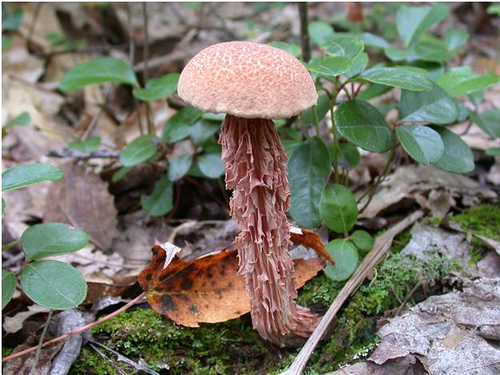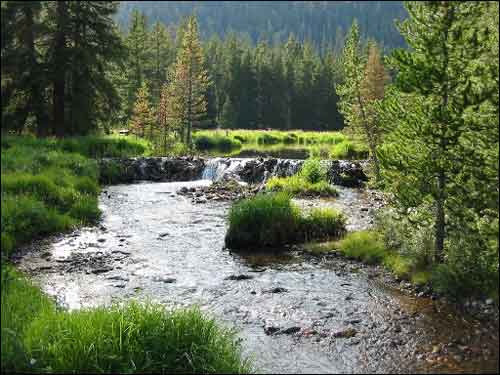
Dianna Grant of East New York Farms! Youth Internship program washes bok choy at the United Community Centers Youth Farm in Brooklyn, N.Y. East New York Farms! Is a recipient of the USDA Community Food Projects grant. Photo courtesy East New York Farms!
If your picture of New York City is skyscrapers and neon, consider expanding that image to include vegetable crops – a lot of vegetable crops – growing everywhere from ground level to rooftops. Read more »
You may start out wanting to talk to Leila Pinchot about a U.S. Forest Service icon, but the great granddaughter of Gifford Pinchot has much more to say about the future of another legend, the American chestnut.
One of the seminal figures in world conservation, Gifford Pinchot founded and served as the first chief of the U.S. Forest Service. The eastern forests we know today are distinctly different than the forests Gifford Pinchot would have known 100 years ago – they are missing the American chestnut, which dominated forests in the eastern United States.
Once called the sequoia of the east, the massive tree grew fast and could reach heights of 140 feet. American chestnut not only provided a seemingly endless supply of rot resistant wood, its fruit also fed inhabitants of the eastern United States for millennia. A non-native fungus caused the chestnut blight that killed an estimated 4 billion trees by the middle of the 20th century. Read more »

Mark Twery, a supervisory research forester on the Northern Research Station
How does a former dancer and theater technician end up in a career in forestry? Meet Mark Twery, a supervisory research forester on the Northern Research Station in Burlington, Vt., who is not only all of the above, but loves his unique job that incorporates forestry with dance. Read more »

Boletellus russellii grows under conifers and hardwoods, particularly oaks. It is found throughout most of eastern North America, but is relatively rare. The fungus grows around and actually covers tree roots, producing a fungal "mantle" that helps the tree absorb water and nutrients. (USDA Forest Service Photo)
U.S. Forest Service’s Northern Research Station is breaking out its 79-year-old collection of 20,000 fungus cultures – yes, the stuff that grows in dark, damp places – to help create a new 1,000-species fungal directory. Read more »

A picture of one the U.S. Forest Service's 89 experimental forests. (Photo courtesy of the US Forest Service)
A 12-year study on the U.S. Forest Service’s Harshaw Experimental Forest near Rhinelander, WI is challenging long-held assumptions about how future forests will respond to the rising levels of carbon dioxide in the atmosphere. Read more »

The emerald ash borer is an example of a non-native, wood-boring insect.
While invasive insect species are widely recognized as being among the greatest threats to biodiversity and ecosystem stability worldwide, there has been little research into their economic impact on the national level especially for non-native invasive species.
Many examples come to mind like the devastation caused by the native bark beetle in Colorado and surrounding states. However, what most don’t realize is that the threat from non-native insect species is equally if not more costly to U.S. tax payers. Read more »





